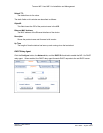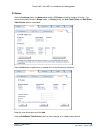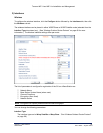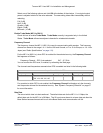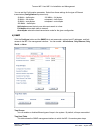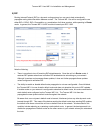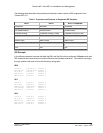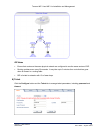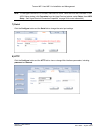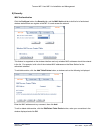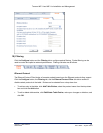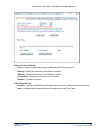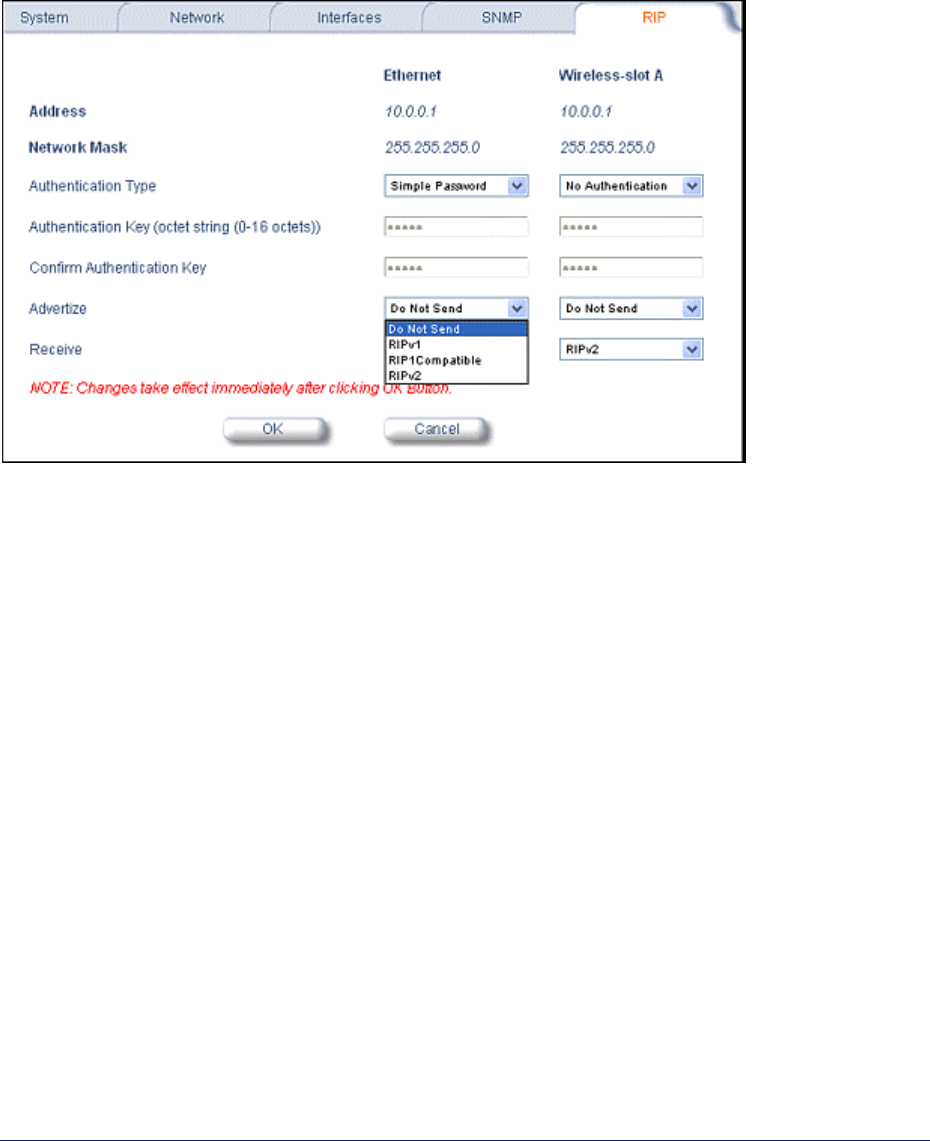
Tsunami MP.11and MP.11a Installation and Management
5) RIP
Routing Internet Protocol (RIP) is a dynamic routing protocol you can use to help automatically
propagate routing table information between routers. The Tsunami MP.11/a can be configured to use
either RIPv1, RIPv2, RIPv1 Compatible, or a combination of all three versions, while operating in Router
mode. In general, the Tsunami MP.11/a RIP module is based upon RFC 1389.
Note the following:
▪ There is no option to turn off receiving RIP advertisements. Once the unit is in Router mode, it
receives RIP updates when there is another RIP-enabled device advertising on your network.
Although it receives and processes these updates, it does not further propagate these updates
unless configured to advertise RIP.
▪ The ability to enable or disable default route propagation is not user configurable. Once initialized,
the Tsunami MP.11/a uses its static default route and does not advertise this route in RIP updates.
If another router on your network is configured to advertise its default route, this route overwrites the
static default route configured on the Tsunami MP.11/a. The Tsunami MP.11/a then also
propagates the new dynamic default route throughout the network.
Be aware that, once a dynamic default route is learned, it behaves just as any other dynamic route
learned through RIP. This means if the device sending the default route stops sending RIP updates,
the default route times out and the unit has no default route to the network. Workarounds for this
condition include rebooting or re-entering a static default route. In general, the best approach is to
disable the propagation of default routes on the other routers in your network unless you understand
the risks.
Chapter 5. Web Interface 55
CPN 65755 Issue Date: August 2003



